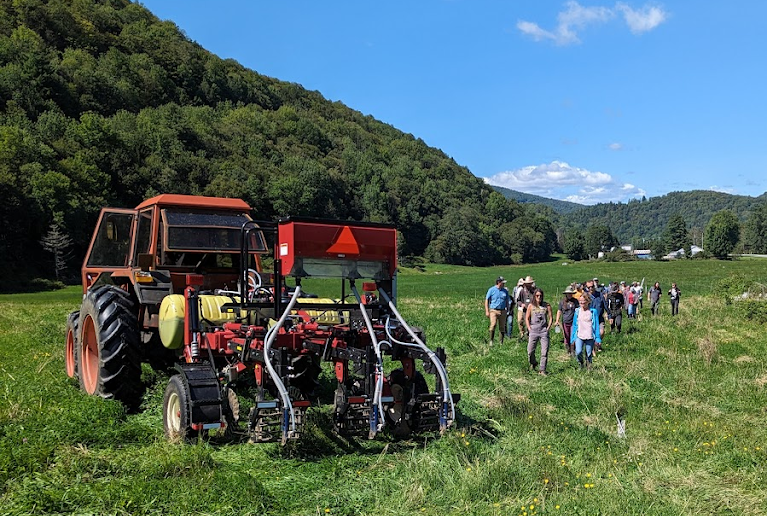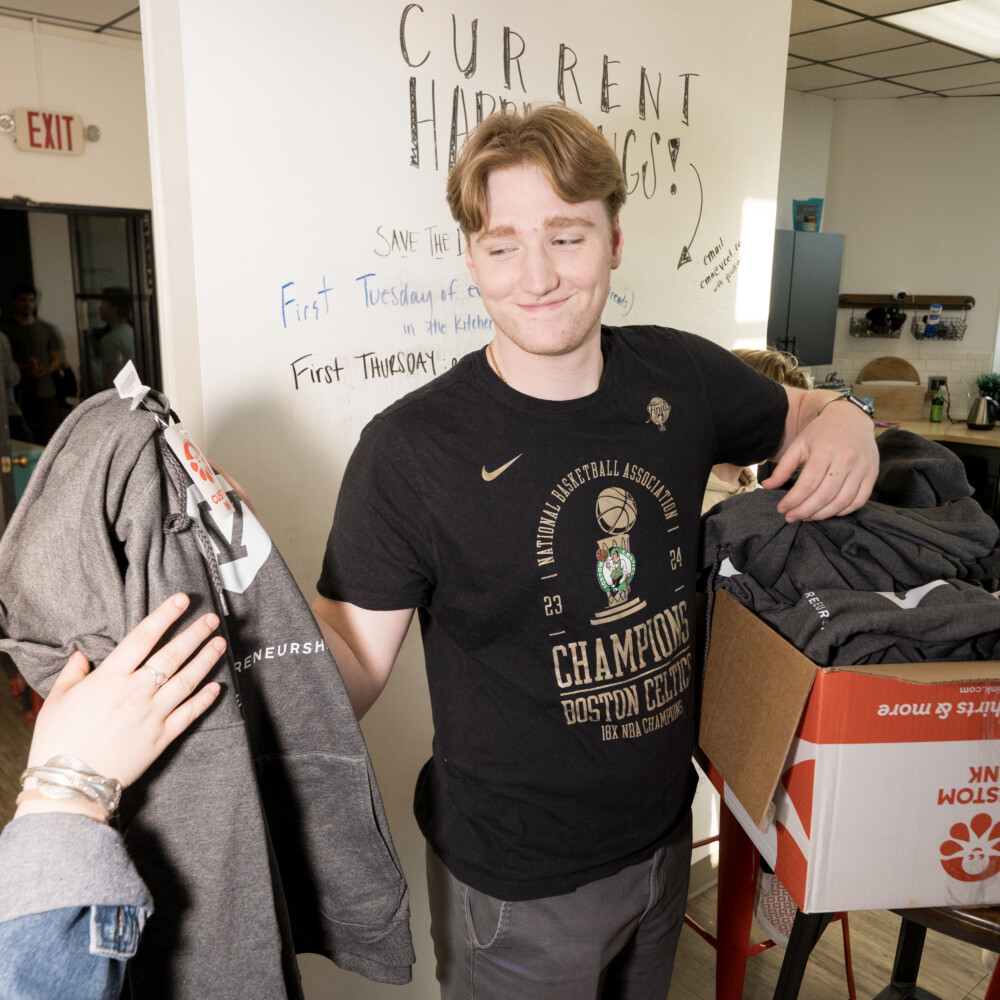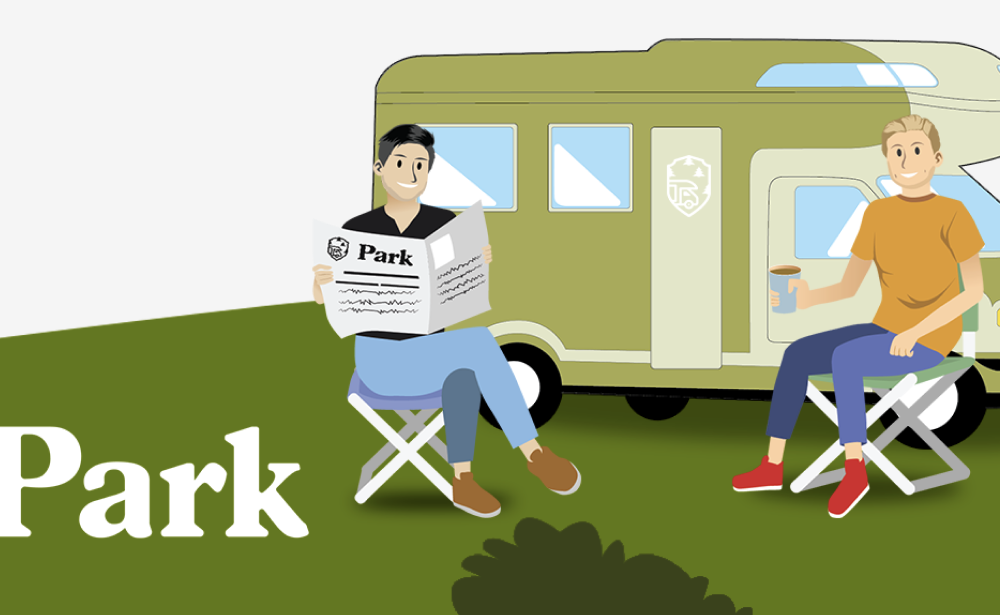Student Entrepreneurs, Learn from my mistakes – Part 1
By Jaen Carrodine - VCET Associate
When I arrived at UVM in the fall of 2017, I had a semi-functional prototype and a plan to revolutionize the snowboarding industry. The prototype was V1 of the MAG snowboard binding, a binding that replaced traditional ratchet straps with a magnetic clip and lever system. At the time, the prototype was crude and barely functional; but it served as a proof of concept. My first goal was to protect my idea from “competitors” like Burton and Rome SDS. Armed with an NDA template I found on Google, I set out looking for someone at UVM who could help me patent my idea. After a few phone calls and emails, I was able to talk to Professor Erik Monsen, The Chair in Entrepreneurship at the Grossman Business School. Erik connected me with the Catamount Innovation Fund (CIF), a student-run startup accelerator, and Justin McCabe, a local patent attorney. CIF provided me with the resources I needed to get started: Materials for prototyping, a number of workshops to learn the entrepreneurial skills I would need, and connections to the Vermont startup ecosystem. With Justin’s guidance, I wrote and filed a provisional patent; and using the skills I learned from the CIF, I won the annual UVM business pitch competition. I was receiving a ton of positive feedback about my project. Sounds pretty good, right? Well, looking back, this positive feedback had two effects on me: 1) It inflated my ego and 2) it caused me to overlook my concerns that my product would not be valuable to experienced snowboarders.
The fine line between confidence and arrogance
After such a “successful” start to my first venture, I became overconfident and started to feel like I could do everything. Don’t get me wrong, confidence and even overconfidence can help you succeed as an entrepreneur… but letting your arrogance blind you can be a fatal mistake. In reflecting on my experience almost 2 years later, it is incredibly clear to me that what I was attempting would have been nearly impossible to do without a team. I was trying to do everything: product design and development, marketing, web development, social media, prototype testing, and more. On top of this, I was concurrently pursuing a mechanical engineering degree. Attempting to do so much as a student entrepreneur caused the quality of all of my work to suffer. My grades dropped, and I wasn’t able to provide the quality of work that MAG Bindings needed to succeed.
Not all product feedback is created equal
While building my company, it felt like I was receiving positive feedback about my vision and product from every direction. I never thought to step back and consider if I was receiving feedback from my target customers. Surprise, surprise…I wasn’t. I never let other snowboarders test the product before attempting to launch it. I had conducted a poll with a relatively large number of snowboarders, but the questions were vague and the product wasn’t clearly described. All of this is easy to see when reflecting on my experience, but at the time my head was down and I wanted to launch the product as soon as possible. Ultimately, I rushed into a crowdfunding campaign that failed miserably. I found out the hard way that the problem my product was addressing was not prevalent for experienced snowboarders (who account for the majority of binding sales). If I had acknowledged this earlier, I could have pivoted away from the crowdfunding campaign, attempting to target the snowboarders for whom the product created real value: beginners and kids. This experience helped me realize how important it is to validate your product with your target end consumer.
Stay tuned for part 2 of this article…



